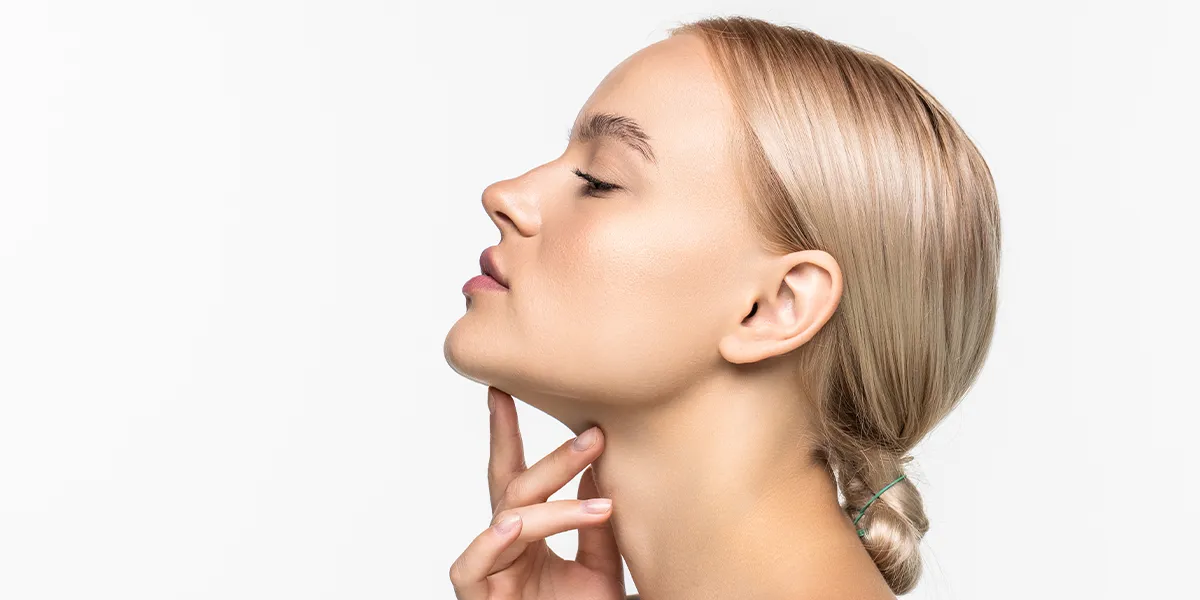Septorhinoplasty: Aesthetic and Functional Nose Surgery

Septorhinoplasty is a surgical intervention that combines both cosmetic nose surgery and the correction of the septum (the middle wall of the nose). This procedure aims not only to correct the shape of the nose but also to address health issues such as nasal congestion and difficulty breathing. Septorhinoplasty is preferred as a method that provides both aesthetic benefits and functional improvements.
What is Septorhinoplasty?
Septorhinoplasty is a surgery performed to improve the nose structure both aesthetically and functionally. This procedure corrects the nose tip, bridge, and overall nose structure while also straightening any deviations in the septum to facilitate breathing. Septorhinoplasty is a combination of rhinoplasty (cosmetic nose surgery) and septoplasty (septum correction).
Who is Suitable for Septorhinoplasty?
Septorhinoplasty is suitable for individuals with the following conditions:
- Those with Aesthetic Concerns: Individuals dissatisfied with the shape and size of their nose.
- Those with Nasal Congestion Issues: Individuals experiencing difficulty breathing due to a deviated septum.
- Changes Following Accidents or Trauma: Individuals with deformities resulting from trauma to the nose structure.
- Those with Allergy and Sinus Problems: Individuals suffering from persistent nasal congestion and sinus issues.
- Individuals in Good Health: Those in good overall health and suitable for surgical intervention.
How is Septorhinoplasty Performed?
The septorhinoplasty procedure is generally carried out in the following steps:
- Consultation and Examination: The surgeon evaluates the patient’s medical history, examines the nose structure, and listens to their aesthetic goals. Health issues such as difficulty breathing are also considered.
- Anesthesia Application: General or local anesthesia may be used during the procedure, depending on the patient’s needs and the surgeon’s preference.
- Making Incisions: During septorhinoplasty, incisions are made inside or outside the nose to access its structure. Usually, incisions are made inside the nose to minimize visible scarring.
- Straightening the Septum: The surgeon makes necessary adjustments to correct the septum. Deviated septum parts are removed and corrected.
- Reshaping the Nose Tissue: Necessary corrections are made to the cartilage, tissue, and skin at the nose tip for aesthetic purposes. If necessary, cartilage grafts may be used to support the nose.
- Closing the Sutures: The incision sites are closed with stitches, which are usually removed within a few days to minimize scar visibility during the healing process.
Recovery Process
The recovery process after septorhinoplasty generally includes the following stages:
- Swelling and Bruising: Mild swelling and bruising are normal after the procedure and typically subside within a few days.
- Pain and Discomfort: There may be mild pain following surgery, which can be managed with pain relief medications recommended by the doctor.
- Use of Nose Bandage: A special bandage may be used to support the nose during the recovery process.
- Follow-Up Appointments: Regular doctor check-ups should be scheduled during the recovery process.
Expectations After Septorhinoplasty
Results from septorhinoplasty are usually visible within a few weeks. Correcting the nose structure provides significant improvements in both aesthetic and functional aspects. It may take several months to see the final results, as swelling subsides and incision sites heal. The results achieved after the procedure are generally permanent.
Risks and Complications of Septorhinoplasty
Like any surgical procedure, septorhinoplasty carries certain risks. Possible complications include:
- Infection: There is a risk of infection after surgery, which can be managed with appropriate antibiotic treatment.
- Bleeding: Bleeding may occur post-surgery.
- Scarring: Permanent scars may develop at the incision site; however, the surgeon will take care to make the scars as inconspicuous as possible.
- Asymmetry: Asymmetry in the nose structure may occur following the procedure.
- Cartilage Changes: Changes in the cartilage structure of the nose may occur post-surgery.
Frequently Asked Questions
- Is septorhinoplasty painful? Pain is not felt during the procedure due to anesthesia application. However, mild discomfort afterward is normal.
- Will there be scars after septorhinoplasty? Scarring may occur at the incision site, but the surgeon will carefully make the incisions to minimize scar visibility.
- How long does septorhinoplasty take? The procedure typically lasts between 1 to 3 hours, depending on the complexity of the revision.
- When can I return to normal activities after septorhinoplasty? The recovery process varies from person to person, but generally, normal activities can be resumed within 1 to 2 weeks.
Septorhinoplasty is an effective method for correcting both the aesthetics and function of the nose. It offers an ideal solution for individuals dissatisfied with their nose shape or experiencing breathing difficulties. If you are unhappy with your nose structure or experiencing breathing issues, consult a qualified surgeon to evaluate this procedure. Remember, a proper assessment and septorhinoplasty performed by an expert surgeon are critical for achieving successful results.
